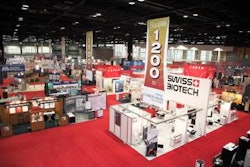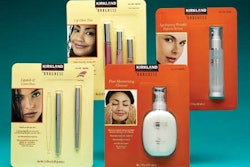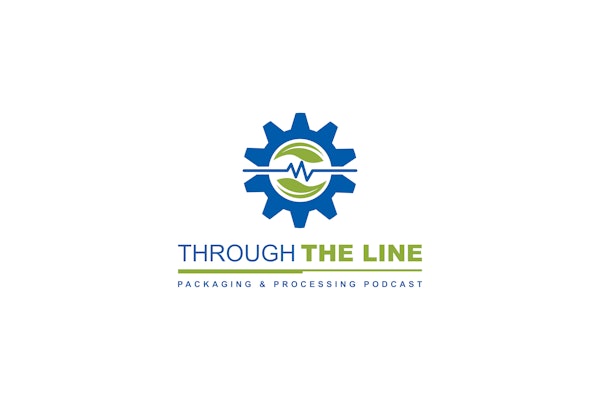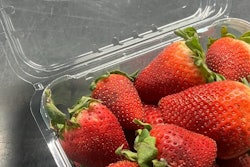
“Today’s drug-eluting stents are primitive compared to what we’ll have in the future,” said Drues, president of Vascular Sciences, a Grafton, MA-based provider of education and training, bio-simulation tools, and consulting services to medical device and biotechnology businesses. He also teaches at several universities, including Northeastern University in Boston.
If that’s the case, packagers of healthcare products are in for quite a challenge. Biological-based products such as proteins, nucleic acids, and cells are sensitive and not likely stable enough to withstand the rigors of today’s packaging line, sterilization, and distribution processes.
Drues points out that placing a biologic--a protein, such as a monoclonal antibody, a nucleic acid such as a gene perhaps inside of a virus, or a cell, like a stem cell-for example, on a medical device is harder than adding a drug to a stent. These products, he suggested, may require sterilizing the device first, then adding the biologic(s) and drug(s) before packaging.
“It may not even be possible to put certain biologics on devices in advance,” he said. “Instead, they could be applied to the device at the patient bedside, just prior to implanting the device into a patient.”
Remember the classic science-fiction movie “Fantastic Voyage?” Technological advances in medical science are bringing our society ever closer to that, Drues believes, acknowledging that it may be years before nano-medical devices are injected into a patient’s bloodstream armed with powerful biologics and drugs to repair damaged cells and tissues or destroy disease at its source. The healthcare implications of these products could be profound. Those in the packaging community would be wise to be ready to meet these challenging opportunities.
























